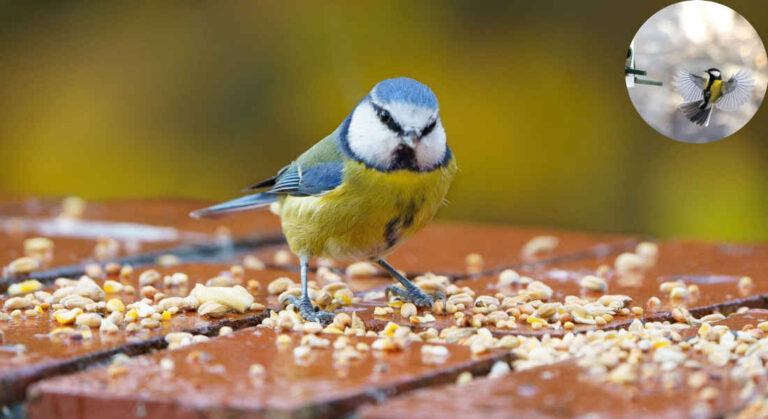Jays are a fascinating and beautiful bird species commonly found in the UK. Known for their striking plumage and shy nature, they are a delight to observe in any garden. But attracting jays to your house garden takes some planning and patience.
Jays, a member of the crow family, are among the most vibrant and intelligent birds in the UK. With their pinkish-brown feathers, blue wing patches, and distinctive black mustache, they’re a standout addition to any garden. But jays can be elusive. They are naturally shy birds, which makes spotting them a special treat for bird enthusiasts.
Understanding Jays: Behaviour and Habitat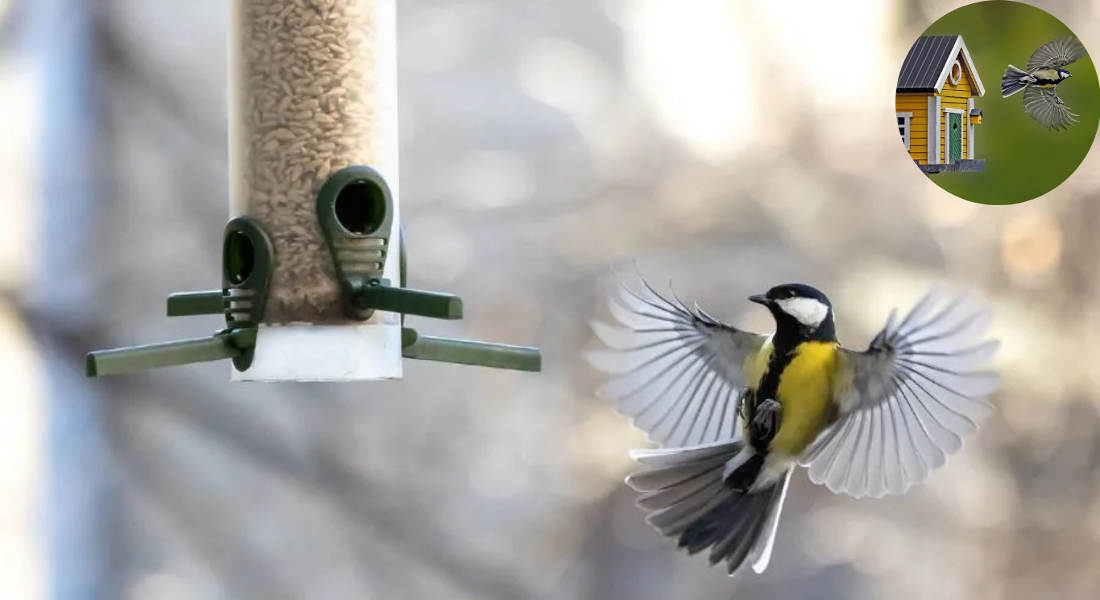
Understanding their habits and preferences is essential to attracting jays. Jays are unique birds with fascinating characteristics that set them apart from other common visitors to UK gardens.
What Do Jays Look Like?
Jays are medium-sized birds, measuring around 34 cm in length, with a wingspan of 52–58 cm. Their most distinctive features include:
- Pinkish-brown plumage: A soft, warm color that blends well in woodland environments.
- Vivid blue wing patches with black stripes.
- Black and white markings on their heads and tails.
Their striking appearance adds a splash of color to any garden.
Natural Behaviour of Jays
Jays are intelligent and resourceful, often seen foraging for food and caching it for later use. Unlike other corvids, jays are shy and cautious. They rarely venture into open spaces unless they feel safe. Instead, they prefer to stick to areas with plenty of cover.
Typical Jay Habitats
In the UK, jays are commonly found in woodlands, parks, and gardens with mature trees. Their natural habitat includes oak trees, which provide their favorite food: acorns. By mimicking these conditions in your garden, you can encourage jays to visit and stay.
What Do Jays Eat?
Jays are omnivorous, meaning their diet includes both plant and animal matter. Understanding their feeding preferences will help you choose the right foods to offer in your garden.
A Jay’s Natural Diet
In the wild, jays eat:
- Acorns (a staple food, especially in autumn).
- Nuts and seeds such as hazelnuts and beechnuts.
- Insects and larvae provide essential protein.
- Small mammals and nestlings (occasionally).
Foods to Offer in Your Garden
To attract jays to your garden, provide a variety of their preferred foods, such as:
- Peanuts (unshelled or shelled).
- Sunflower seeds.
- Mealworms (live or dried).
- Suet cakes and fat balls for extra energy.
- Cracked corn for ground feeding.
Seasonal Variations in Diet
Jays’ diets change with the seasons:
- In autumn, they gather and store acorns and nuts for the winter.
- In spring and summer, they eat more insects and caterpillars to feed their young.
- During winter, they rely on stored food and garden feeders.
By offering the right foods at the right time, you’ll increase your chances of regular Jay visits.
Creating the Ideal Environment to Attract Jays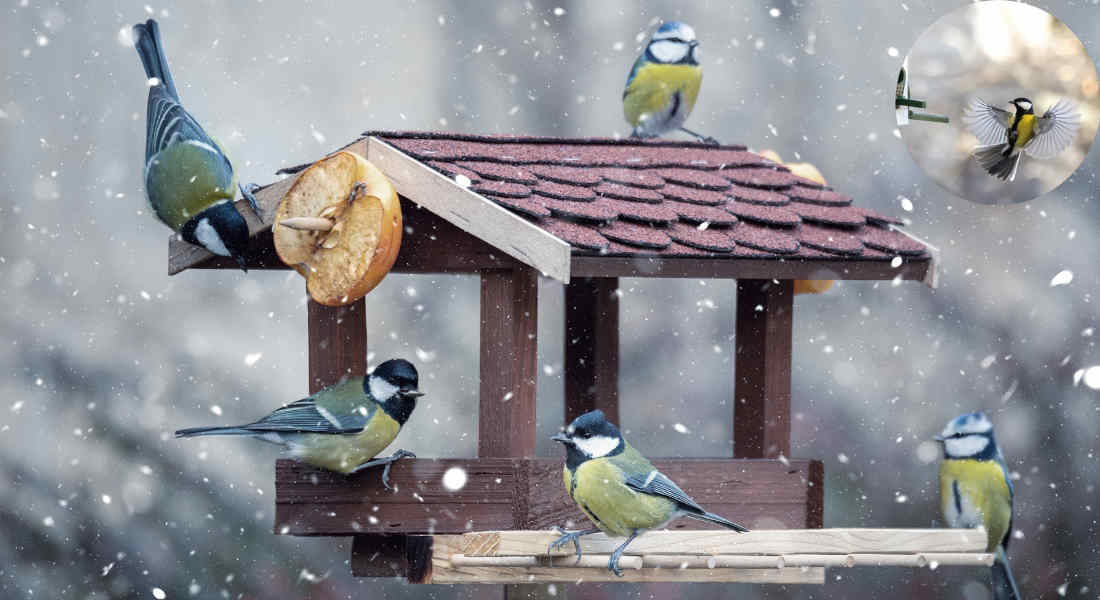
Jays are cautious birds, so creating a safe and welcoming environment is crucial. Follow these tips to make your garden a haven for jays.
You may also read (how to determine water line responsibility from street to house).
Provide Food in Safe Locations
Jays are more likely to feed in areas with natural cover. Place feeders and bird tables near:
- Trees and shrubs that provide hiding spots.
- Hedges or fences to shield them from predators.
Avoid placing feeders in open spaces where jays might feel exposed.
Add Natural Cover
Planting native trees and shrubs will make your garden more attractive to jays. Consider adding:
- Berry-producing plants like elderberries, blackberries, and cherries.
- Oak trees or other nut-bearing species to replicate their natural habitat.
Minimise Disturbances
Jays are wary of loud noises and frequent disturbances. Keep your garden quiet and avoid sudden movements when they visit.
Best Food and Feeding Methods for Jays in UK Gardens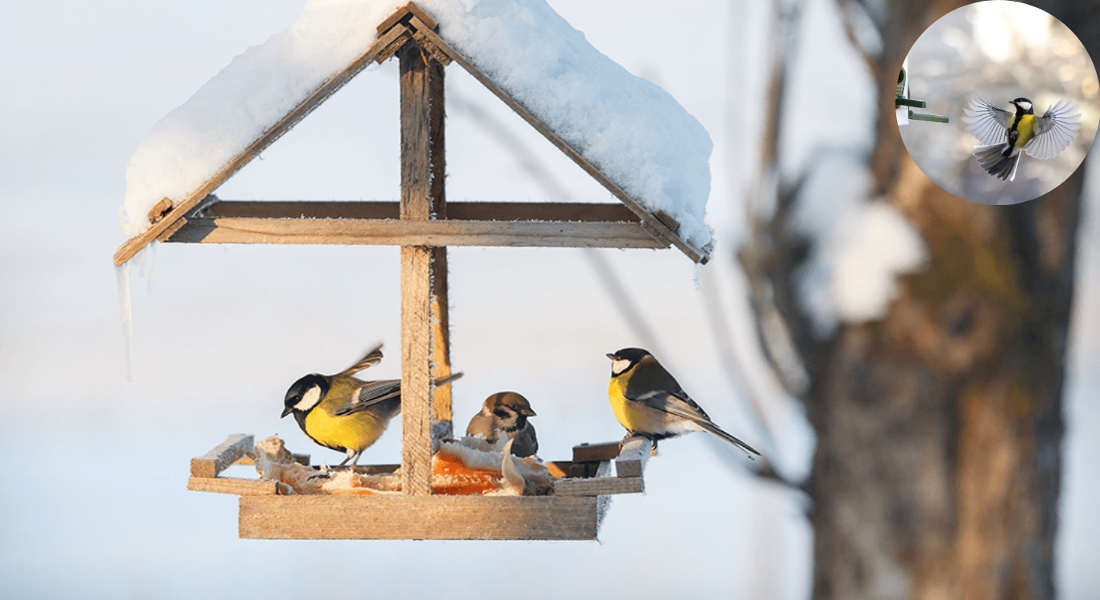
Once you’ve created a safe environment, it’s time to set up feeding stations tailored to jays.
Types of Feeders for Jays
Jays prefer feeders that allow easy access to larger foods like nuts and seeds. Use:
- Platform feeders for peanuts and sunflower seeds.
- Wire mesh feeders, which are ideal for holding unshelled peanuts.
How to Offer Peanuts
Peanuts are a jay favorite. You can:
- Offer unshelled peanuts for them to crack open.
- Provide shelled peanuts for easier feeding.
High-Energy Foods
Jays need high-energy foods, especially during colder months. Offer:
- Suet cakes.
- Mealworms for protein.
Ground Feeding
Scatter sunflower hearts or cracked corn on the ground, but ensure the area is safe from predators like cats.
Be Patient
Jays are cautious and may take time to trust new food sources. However, if you are consistent, they will eventually feel comfortable visiting your garden.
Additional Tips to Encourage Jays to Visit and Stay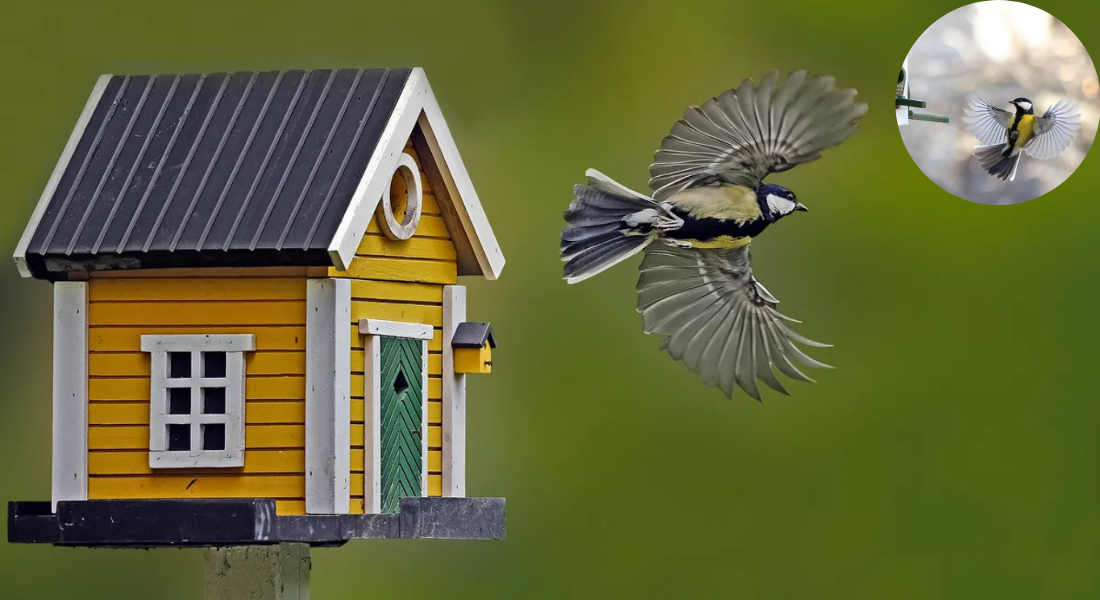
Here are some extra tips to make your garden irresistible to jays:
Provide Water Sources
Jays need water for drinking and bathing. Install a birdbath or create a small pond to meet their needs.
Offer Shelter and Nesting Opportunities
Dense shrubs, hedgerows, and trees provide shelter and nesting sites. Avoid pruning these areas during the breeding season.
Keep Predators Away
Minimise threats from predators like cats by keeping feeders elevated and using deterrents.
Avoid Pesticides
Pesticides harm insects, a natural food source for jays. Opt for organic gardening methods to support biodiversity.
Seasonal Considerations for Attracting Jays
Jays’ behavior changes throughout the year, so tailor your approach to the seasons.
Spring and Summer
- Offer protein-rich foods (e.g., mealworms) to support breeding and feeding chicks.
- Provide fresh water for drinking and bathing.
Autumn
- Focus on nuts and acorns to align with their natural foraging habits.
Winter
- Offer high-energy foods like suet cakes and peanuts to help jays survive the cold months.
Common Challenges and How to Overcome Them
Attracting jays to your garden isn’t always straightforward. Here’s how to tackle common issues:
Shyness
Jays are naturally wary. Reduce their fear by:
- Keeping a distance when they visit.
- Positioning feeders near cover.
Competition from Other Birds
Smaller birds may dominate feeders. Use separate feeding stations to ensure jays get their share of food.
Squirrels
Squirrels can monopolize feeders. Opt for squirrel-proof feeders or place food in harder-to-reach areas.
Benefits of Having Jays in Your Garden
Attracting jays to your garden offers numerous rewards:
- Ecological benefits: Jays help control pests and disperse seeds, promoting biodiversity.
- Educational value: Watching jays teaches us about their behavior and role in the ecosystem.
- Enjoyment: Their vibrant colors and playful antics bring joy to any garden enthusiast.
You may also read (mastering home radiator maintenance).

